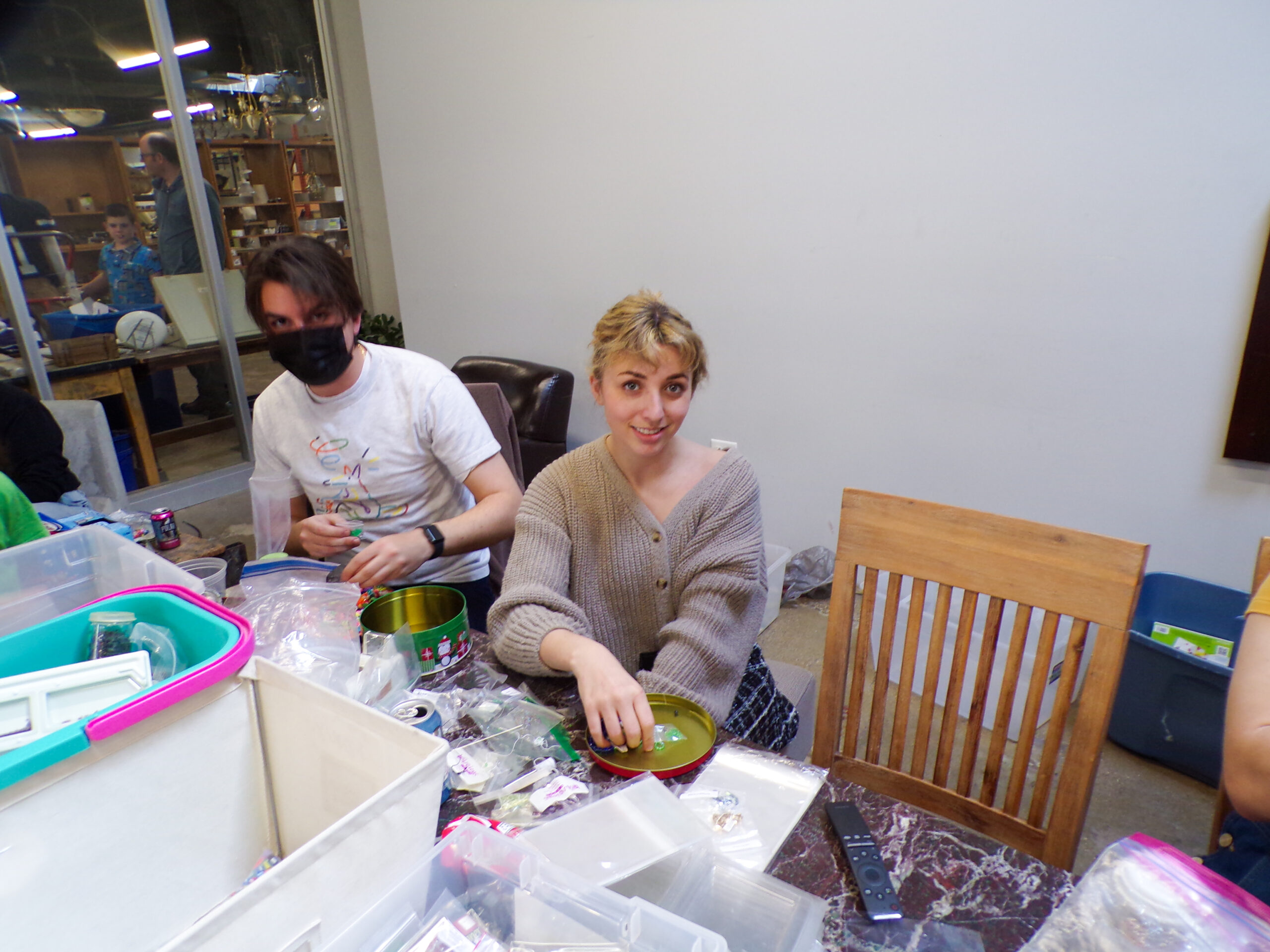From the busy streets of Seoul to the neighborhoods of the Windy City, K-pop has captured the hearts of fans.
From the busy streets of Seoul to the neighborhoods of the Windy City, K-pop has captured the hearts of fans. But apart from chart-topping songs and impressive dance moves, the genre has compelled Loyola students who have found a home within the devout fanbase.
K-pop, or Korean popular music, embraces a variety of styles and originates from South Korea.
Third-year Sarah Shin’s expression softened as she reminisced on growing up with Korean music. She said her love for K-pop stems from her parents — Korean immigrants — who had Korean music and Korean television constantly playing in their home, immersing Shin in the culture.
Shin, an economics major, said she fell in love with K-pop and the opportunity it gave her to connect with her Korean roots.
“I guess it’s part of my identity,” Shin said, “A lot of people know Korean culture through K-pop.”
Shin continues to strengthen her relationship with her Korean heritage as the president of the Korean Student Organization, where she said she has created close bonds with other students through a shared interest in her culture.
First-year Elex Watterson discovered the K-pop community two years ago. They said it has changed their life, describing the genre as a haven where interests and passions can be understood without judgment.
“Whatever fandom you’re in is all kind of like your family,” Watterson said.
With millions of fans worldwide, students like Watterson said something feels different about K-pop that distinguishes it from other musical genres.
“I feel like I’m a part of something,” Watterson said. “It’s a lot more interactive than other genres of music.”
One of the mechanisms for building connections across the fanbase are the synchronized dances performed by many K-pop groups. First-year Alex Stone said she was “mesmerized” by the performance aspect when first introduced to the genre. The dances captivated her attention and pulled her into the K-pop fandom.
At Loyola, those looking to learn K-pop dances for themselves alongside their peers can join two groups within the Korean Student Organization, the “Ko/Op” — which requires an audition — and “Twenty,” a workshop-based dance group.
“It’s an amazing and great process to go through,” Shin said. “It creates a close bond between the members.”
Watterson, a member of Ko/Op, said the group has multiple dances planned for Chicago’s KFest, a celebration of Korean culture in Chicago annually occurring in late August.
But for some fans, it’s the experience of seeing these dances performed live by K-pop idols that makes the community thrive. Shin said the average K-pop concert fosters participation and enthusiasm from an already engaged fanbase, cementing communal bonds.
Hands holding lightsticks oscillate in unison. As crowdgoers’ anticipation builds, each group member enters the spotlight and chants grow exponentially louder — this is what a typical concert looks like for any K-pop group, Shin explained.
“I feel like at K-pop concerts, the fans interact and cheer louder than at Western concerts,” Shin said.
Stone echoed the unique bonding experience evoked during K-pop concerts. She said that the community feels friendly at K-pop concerts, contrasting other concerts where people are separate.
At K-pop concerts, Shin said one may see people with small images of K-pop idols in their phone cases or clipped to a bag. These are collectible photo cards, a product of K-pop albums many fans strive to obtain.
Purchases of a CD K-pop album often include a photobook, a poster, some extra decorations and the coveted photo card. Watterson said many buy multiple renditions of the same album to achieve the “full sets” of photo cards.
K-pop albums typically come in multiple versions, allowing fans to collect inclusions with distinct conceptual photoshoots while keeping them engaged as consumers. Shin said one of the main reasons she buys multiple album versions is to express support toward the groups.
“I think it’s really awesome to see the different versions of themselves,” Shin said.
K-pop had a global value of $8.1 billion in 2021 and is projected to rise to $20 billion by 2031, according to a report published by Allied Market Research.
Stone said social media, specifically TikTok, has played an important role in K-pop’s rise in popularity. She said many people find trending K-pop songs and discover the genre by interacting with them.
Watterson said they primarily discovered the genre from watching an edit of Hwang Hyunjin, a member of the group Stray Kids. They said they’ve seen Stray Kids in concert twice now.
With its continued global success, it seems fitting to liken K-pop to a global revolution -– and it’s not slowing down any time soon.
This story was written by Ceci Heinen and Audrey Nuevaorlanda
Featured image courtesy of Sarah Shin












